I finally got my hands on the Sage Oracle Jet Automatic Coffee Machine - a barista's honest thoughts
I've got a latte love for this clever coffee machine
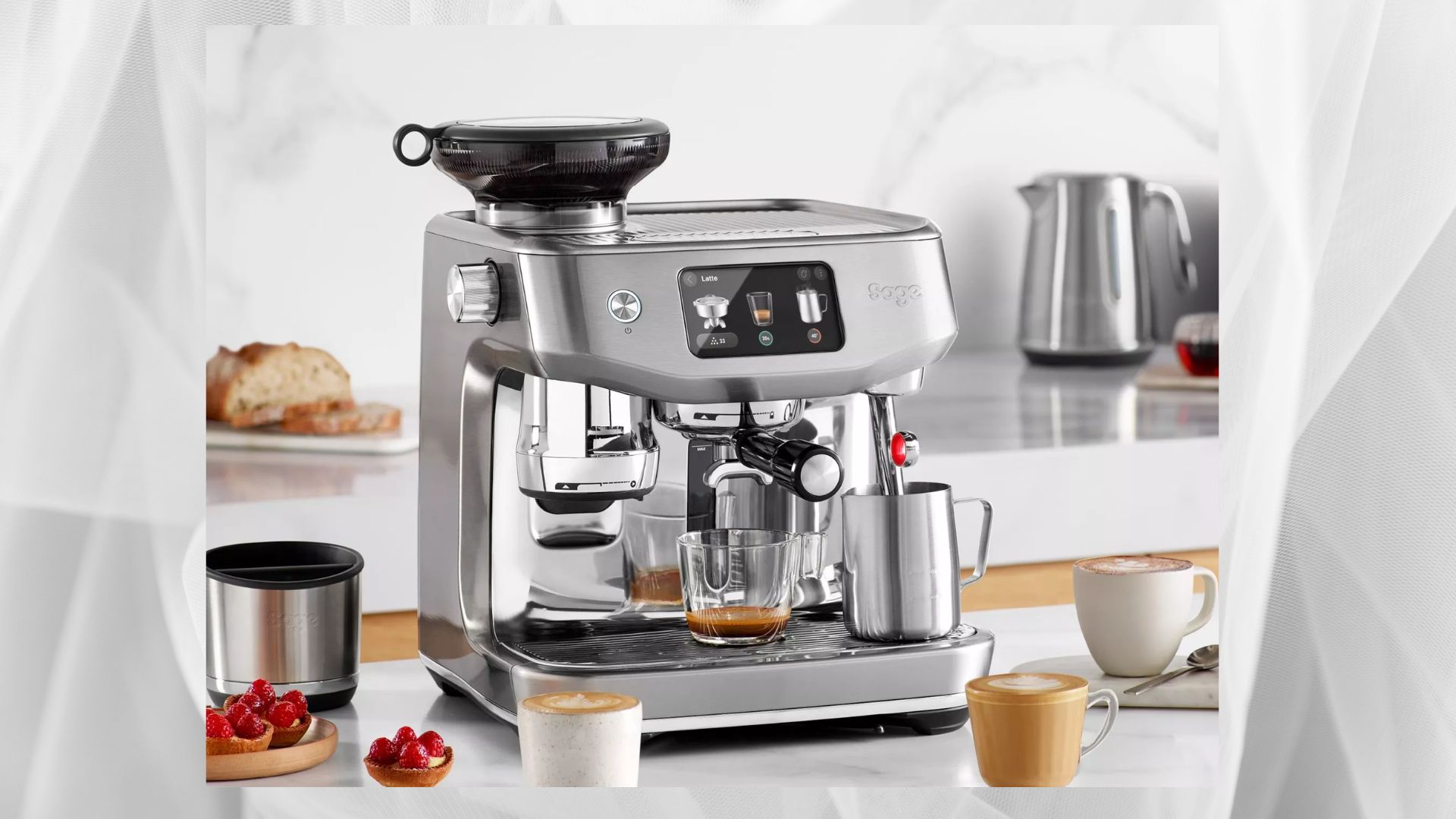
-
+
Quiet grinding, spinning, and tamping
-
+
Makes a consistently delicious coffee
-
+
Steams dairy and alternative milks exceptionally well
-
-
Coffee cup height isn't adjustable, so it's a little messy
-
-
Larger portafilter can be hard to empty
-
-
Expensive
Why you can trust Woman & Home

I brought my coffee snobbery with me to test the Sage Oracle Jet Automatic Coffee Machine and it still exceeded my expectations. It makes incredibly delicious coffee, consistently well. I trust it like my local barista.
Even coffee novices know that the name 'Sage' carries a lot of weight in the world of home baristas. The brand is famous for their expensive, impressive coffee machines and the latest Sage Oracle Jet Automatic Coffee Machine is easily one of their best creations.
As a former barista, I like to get on my high horse about all things coffee, but, rather annoyingly, the Sage Oracle Jet is impossible to dislike. It works just as well (if not better) than a trained barista, delivering reliable results across plant-based milks, specific strengths of coffee, and more. I wish I didn't love it this much (because it is expensive), but I have to say, I think it's worth it.
Specifications
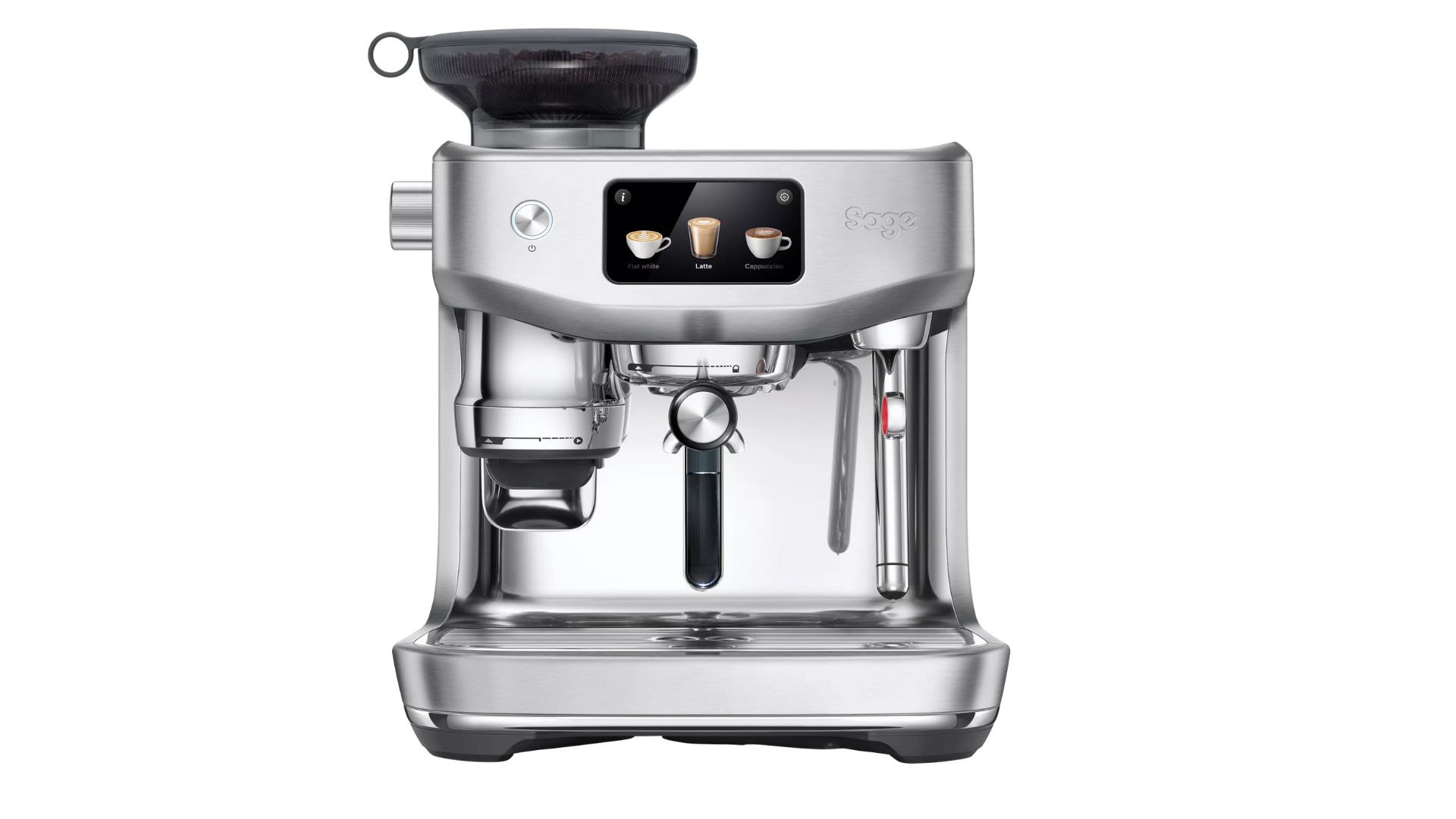
| Dimensions | 42.5 cm (h) x 38.1 cm (w) x 36.8 cm (d) |
| Weight | 12.1 kgs |
| Pressure | 9 bars |
| Coffee options | Auto grind, dose & tamp; 45 grind size settings, 11 pre-set recipes - Flat White, Latte, Cappuccino, Espresso, Americano, Babyccino, Hot Chocolate, Tea, Café Crema, Cold Brew, Cold Espresso; 20+ customisable drinks menu; Auto MilQ™ with settings optimised for dairy, soy, almond and oat. |
| Bean hopper capacity | 340g |
| Water tank capacity | 2.3 litres |
| Power | 1600 watts |
| Warranty | 2 years |
| Portafilter | 58mm |
| Materials | Stainless steel |
Unboxing
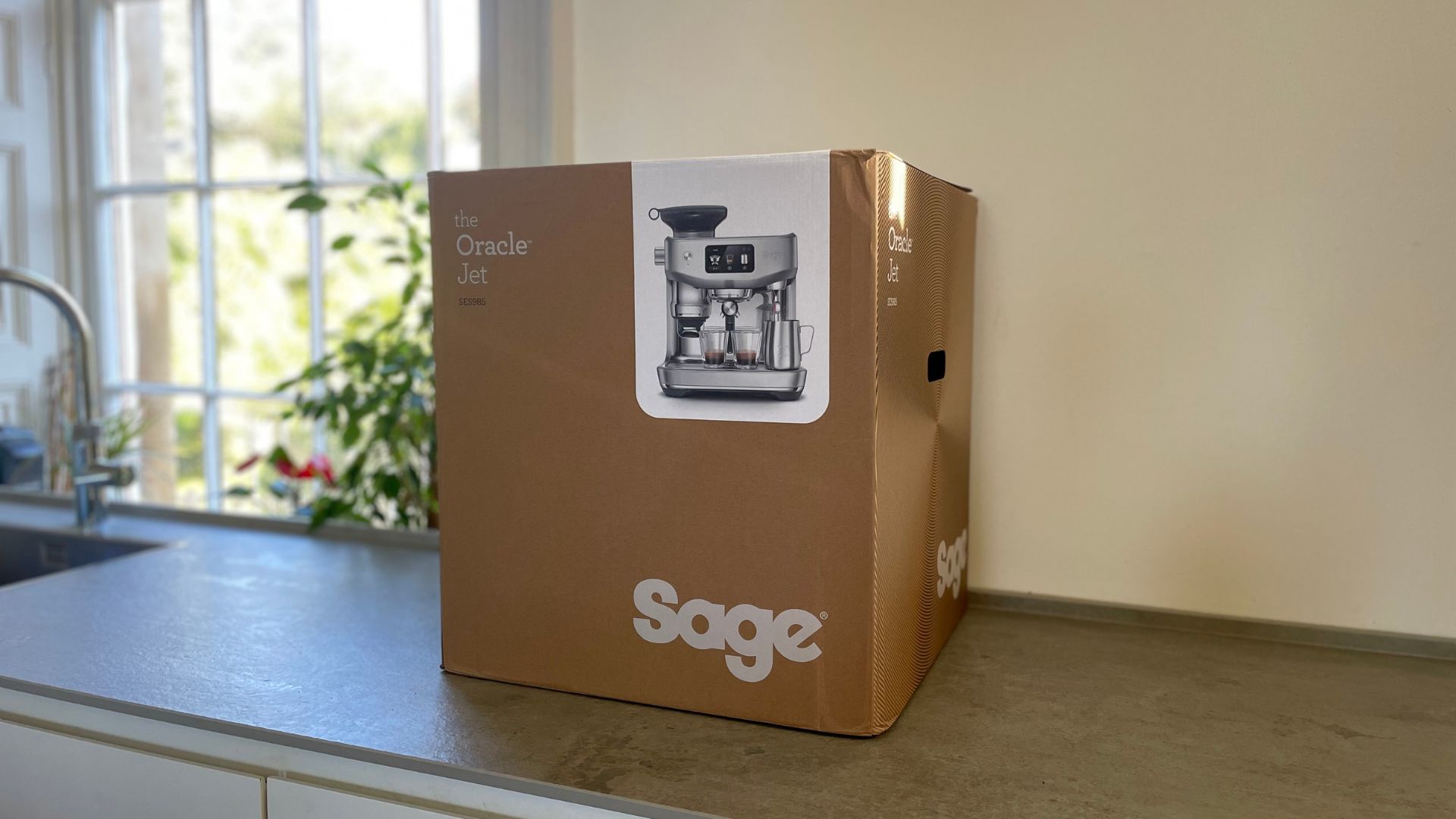
Sage sends their majestic coffee machine in a box that feels justifiably mighty. The cardboard box is big and I thought it would be unreasonably heavy. Don't get me wrong, it's not an easy lift, but it is possible to lift and carry upstairs, especially thanks to the wide handles.
Once the box is open, the Sage Oracle Jet lifts out of the box. It's held in place by cardboard, as is the grounds container, portafiler, portafiler baskets, bean hopper, milk jug, and cleaning accessories.
Who would it suit?
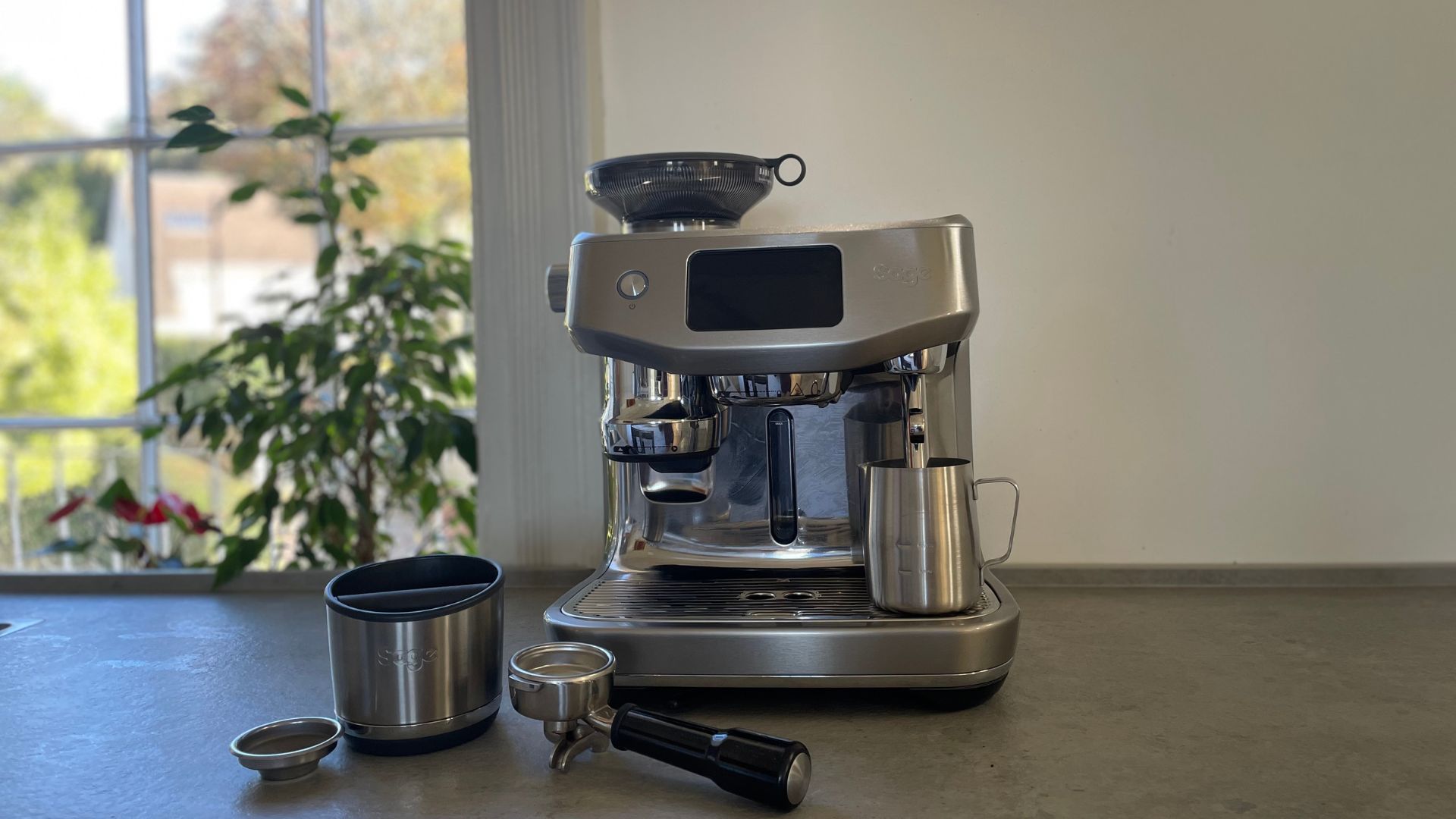
If you like the idea of becoming your own barista, but the idea of grinding, tamping, frothing, and measuring seems a tad too intimidating, the Sage Oracle Jet is perfect. Like most premium, automatic coffee machines, this delivers convenient, quick coffee, without having to do a long barista training course (or the walk to your local cafe).
Some people might say that you can't get the same flavours if you're not working the machine by hand. If they ever tell you this, show them the Oracle Jet. You'll still get some of the fun parts of coffee making: you are in charge of moving and locking the portafilter into place, as well as pouring steamed milk into your coffee. However, most of the more temperamental processes are managed and kept consistent by the dual-control boilers, temperature-sensitive set-up, and nuanced controls.
Sign up to our free daily email for the latest royal and entertainment news, interesting opinion, expert advice on styling and beauty trends, and no-nonsense guides to the health and wellness questions you want answered.
Flavour-wise, this is faultless. Even if you're an incredibly picky coffee aficionado who likes their almond milk frothed at 60 degrees with a bit of extra foam, another half a shot, and some extra water, you'll be able to get your order made perfectly. I consider myself to be quite the coffee snob (I worked as a barista in another life) and I could enjoy a smooth, well-balanced shot from the Oracle Jet really consistently.
The only real downside of the Sage Oracle Jet is the price. This is expensive enough to make even the most lavish coffee drinker stop and think. If you don't need all of the technical, adjustable features, there are other coffee makers (including ones that are made by Sage) that are better.
What is it like to use?
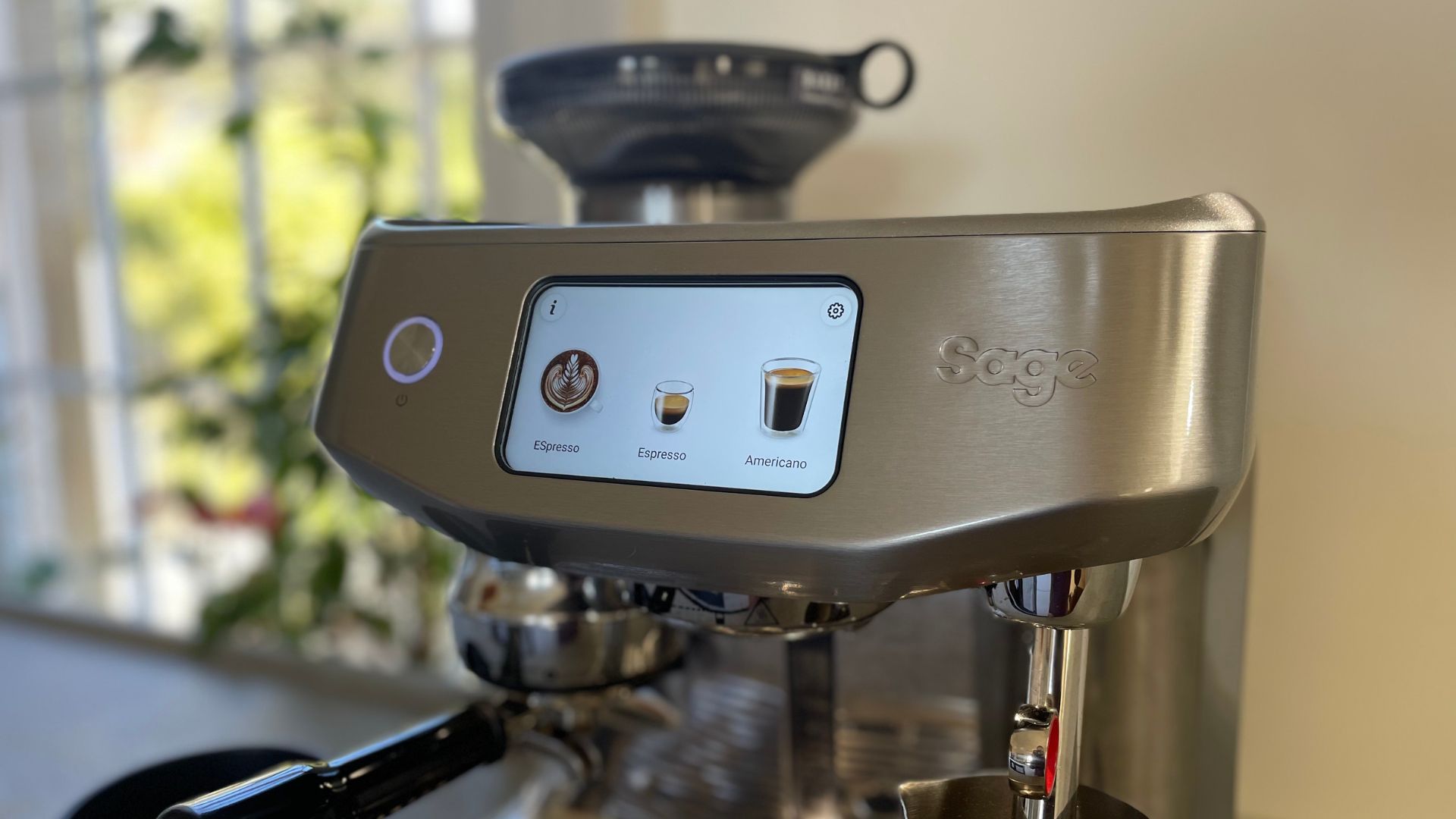
The Oracle Jet's touchscreen menu will walk you through eleven pre-programmed café favourites, including a speedy cold brew and cold espresso. Cold brew is relatively new to the menus, both in coffee shops and on automatic machines, so it's a really nice addition to Sage's repertoire.
As a somewhat fussy coffee drinker, I was pleased to see that I could tinker until my heart was content. When you set-up the machine, it walks you through how to adjust each part of the process, from the grind size right through to the type of milk and the temperature at which you want it. I was initially concerned that all the choice could get tiring or overwhelming, but the whole set-up is very intuitive.
The Sage Oracle Jet comes with a 58mm portafilter, which is a little larger than standard. Normally, yours will be 54 or 56mm. Most people won't notice the difference in this, especially not for flavours, but it's worth noting that your older portafilters might not fit. It does also make this a little heavier on the wrist, I found.
One of the most notable features of the Sage Oracle Jet, for me, is that the ThermoJet Heating System is super quick. Sage claims that this is 32% more energy efficient and says that it's 'faster', but the 30 second heat-up time is unheard of, especially for a machine with dexterity like this.
Test 1: espresso
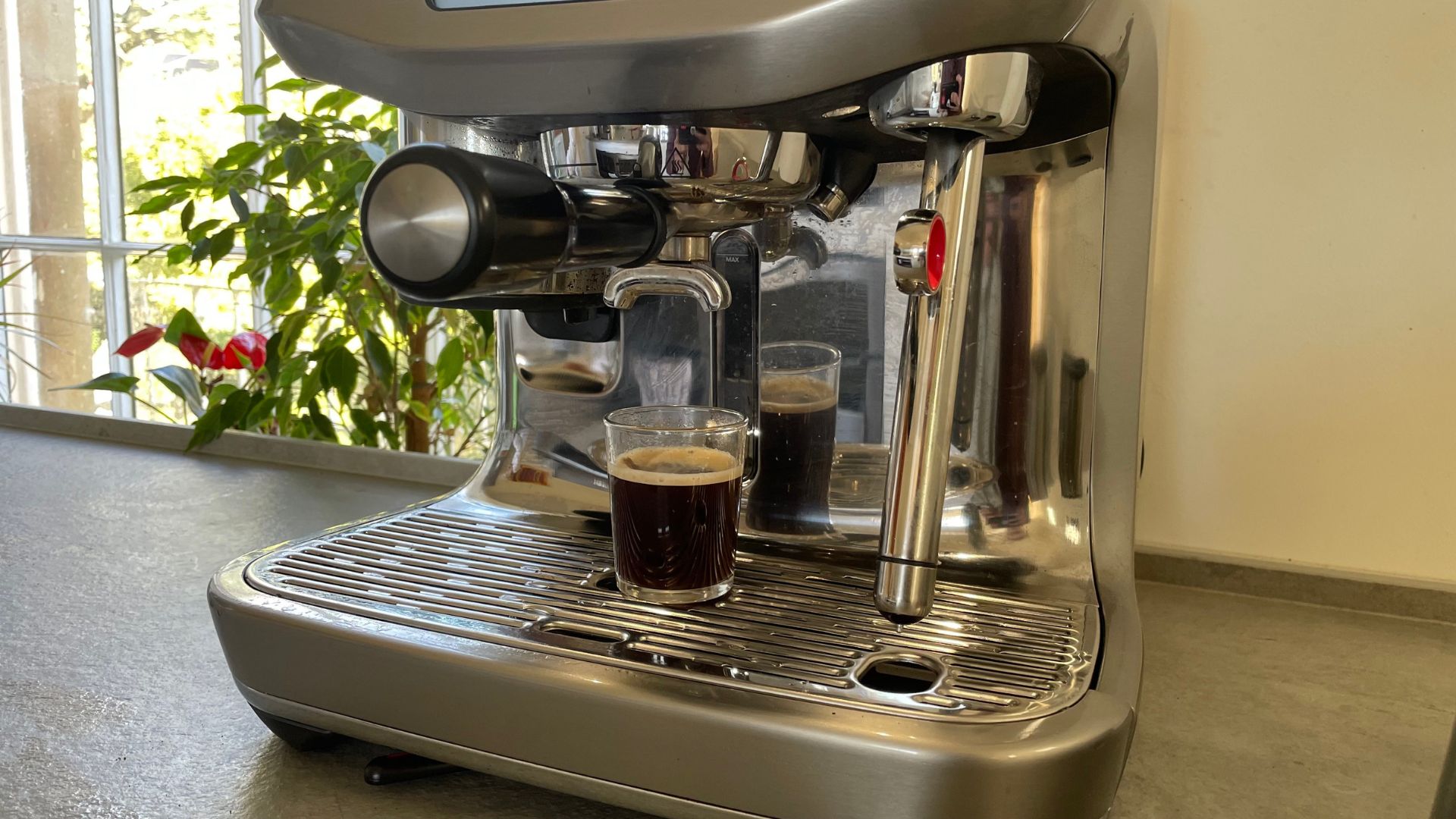
My first test for all coffee machines is making an espresso. This is the bread and butter of all coffee machines, so I hoped that the Sage Oracle Jet would be able to do a good, speedy job of this.
I didn't start with any adjustments. I just set the Oracle Jet to make a simple espresso. In just 20 seconds, the machine quietly span, then ground the coffee beans. Then, it auto-tamped them down, so that I could lift the portafilter out. Next, I locked it into place and extracted a delicious espresso. All that in just 20 seconds is some speedy work for a machine that's just waking up.
I tested the same espresso function with different beans, different demands (I made a double espresso, one with a finer grind) and the machine remained consistent. It almost always ground me 19g of coffee (when I asked for a single shot) and the whole process remained to be relatively tidy. I wish there was a little shelf to sit my espresso cups closer to the brew head, because I did experience a little splattering, but that didn't detract from the quality of my shots. All the espressos that I made decaf, cheap, expensive, dark, and light came out delicious. They were well-balanced, punchy, and creamy. Any barista would be proud.
Test 2: Americano
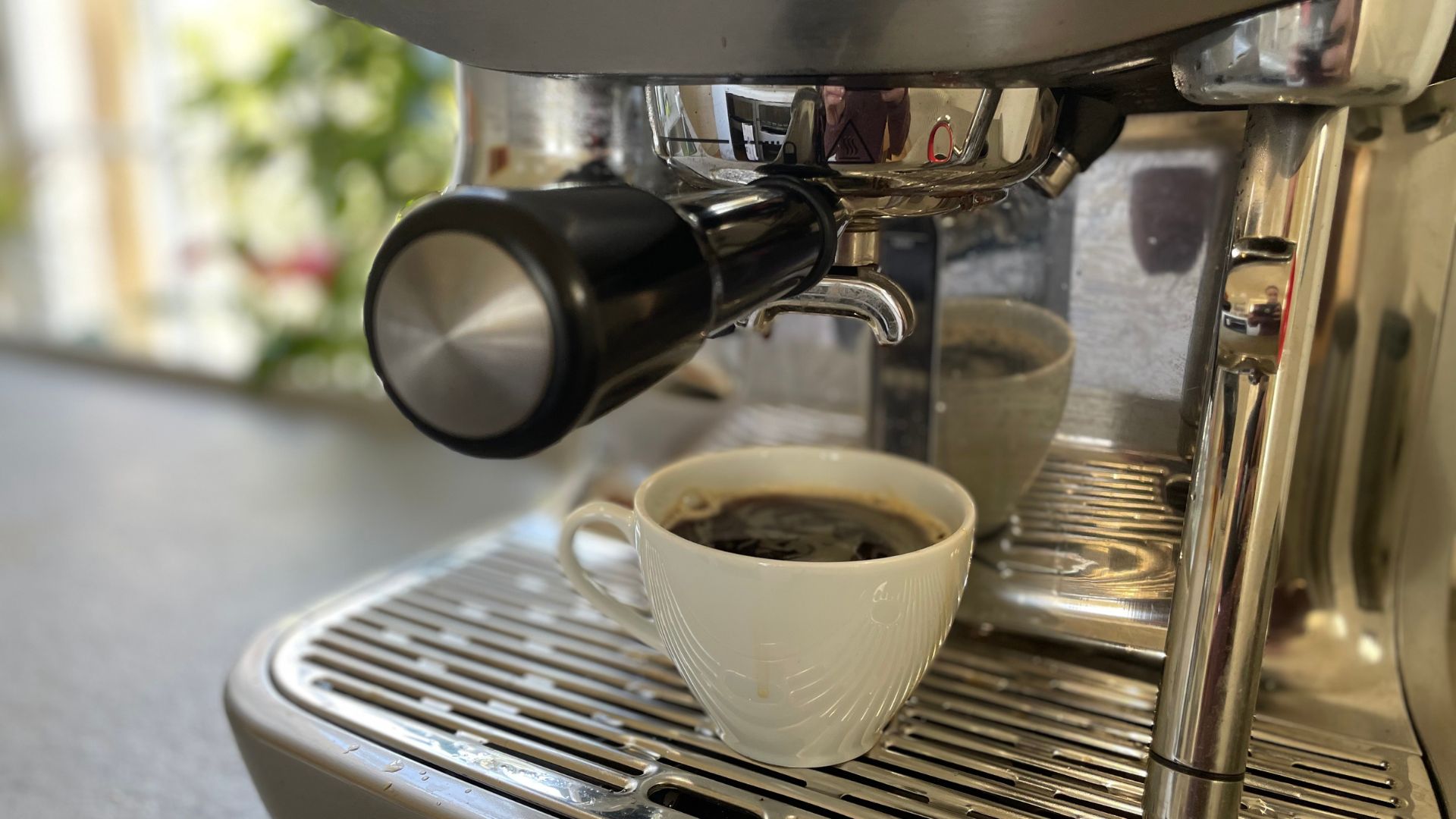
The next test should also be simple. An Americano is just an espresso, but with some hot water. However, the number of machines that add water that scalds the coffee or cools it too quickly will surprise you. If you've ever tasted an Americano that's too bitter or sharp, the chances are that some hot water has scalded all the delicious, creamy coffee oils.
Prepared for the worst, but hoping for the best, I selected my Americano full of hope (and anticipation). This brewed in just 32 seconds, another speedy result, and you can see that the coffee looked great. The crema on top shows that the Oracle Jet had managed to extract some of the delicious coffee oils from my grounds and landed them in my cup. I won't keep you in suspense: this was a gorgeous sip-sperience.
My preferred beans are really light. They have some gorgeously delicate floral and citrus notes, which are often destroyed by harsh coffee machines. I was precious about using these at first, but the Sage Oracle Jet was really responsive to grinds and temperatures. I began to really trust that this machine could work just as well as a barista.
Test 3: cappuccino

The one factor that keeps this from being close to a commercial machine is that you can't steam milk and brew coffee at the same time. So, if you have a queue of drinks to get through, even though this is speedy, be ready for some delays. Aside from that, the milk that this steams is worth the wait.
I made a range of milky drinks with the Sage Oracle Jet, because I like to gauge how well this can make latte milk compared to flat white and cappuccino milk. It's also important to know whether this will work as well on soy, almond, and oat milk as it does on dairy.
The best way to gauge all of those factors is by testing. I can confirm that this expertly steams flat white milk that is different to cappuccino milk. Both were smooth and milky, with gloriously velvety microfoam. Whilst my flat white milk had a nice, light layer of froth on top, my cappuccino milk was notably more foamy. I tested the same functions with all the non-dairy options and the results were impressive too. What you see in the image above is an almond milk latte, expertly steamed so that the frangipane notes of my almond milk were sweetened, smooth, and blended wonderfully with my espresso.
Cleaning and maintenance
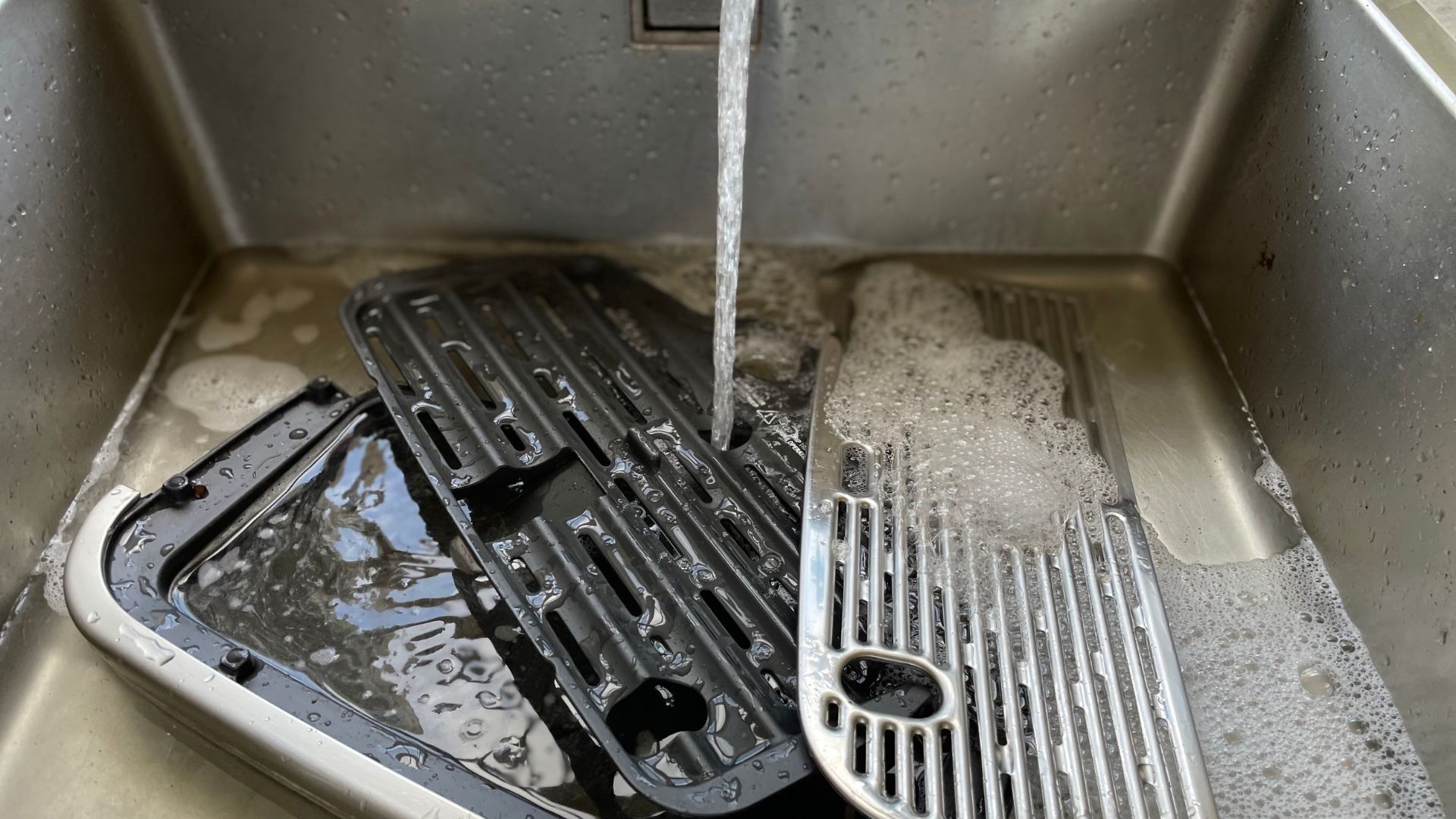
The steam wand does a mini clean after texturing milk, but you'll want to keep a microfibre cloth nearby. The outside of the steam wand will need to be wiped down to avoid any milk from drying onto the outside, making it sticky or hard.
The machine will happily run its own clean setting and, of course, there's the Knock Box for all of your grounds. I would recommend removing the drip tray and guard daily, just to make sure that you don't get any stray grounds or stale water sitting around for too long. For most people, that's far too much maintenance through, so aim for a weekly or fortnightly clean. If you want to know the nitty gritty details of how to clean a coffee machine, we have a whole article dedicated to it.
How does it compare?

You'll already know that the Sage Oracle Jet is expensive, even for a top-of-the-range model. This is why I think it's worth considering some of the other seriously impressive semi-automatic, automatic, and super-automatic coffee machines on the market, so the Sage Oracle Jet has some fierce competition. Namely, the De'Longhi La Specialista Maestro.
There are lots of similarities between these two models: both automatically grind, automatically tamp, and will brew a range of different coffees for you, including cold brew. The key difference is that you have to steam the milk yourself with La Specialista Maestro, which takes a little more skill.
I ended up buying La Specialista Maestro last year and I don't regret it, even after using the Sage Oracle Jet. The La Specialista Maestro has a special tier for espresso cups (to save splashing), the cold brew is a little smoother (and I drink a lot of cold brew), and I like the slightly retro, more hands-on look and approach that this machine offers. That's without mentioning the £700 price difference too.
The Sage Oracle Jet does win in other aspects of coffee making, namely the milk steaming. This is an incredible feature that democratises coffee making: you don't need a barista qualification to get that silky mouthfeel of perfectly steamed milk any more. It does also have a much more modern aesthetic and feel, with little touches, such as wheels on the bottom that'll let you move the Oracle Touch around your worktops without breaking a sweat.
Should you buy it?

If you want the perfect coffee experience, without having to touch a single bean of coffee, this is wonderful. It's a really expensive machine, but you'll reap the rewards of nuanced top-quality coffee that's tailored to your taste buds.
How we test
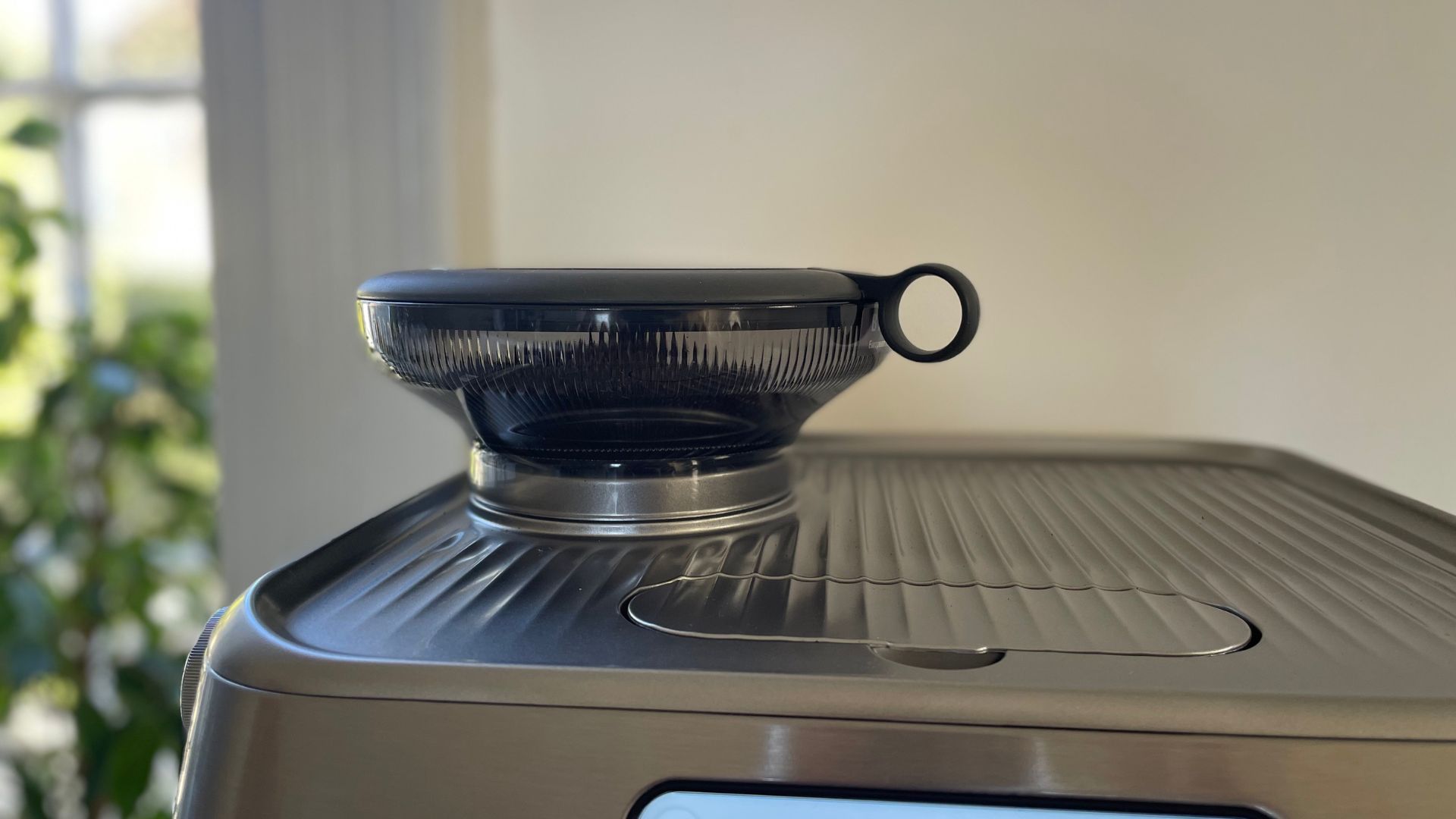
At woman&home, we like to get geeky with our coffee, because a covetable cappuccino doesn't get brewed by chance. I have a whole process that every coffee machine goes through before it can be reviewed and then added to our buying guide (if it's good enough). I'll give you a sneak peek of it now.
I like to research all of the best coffee machines on the market. That means looking at Kickstarter, as well as keeping in touch with big brands like Sage, Nespresso, and De'Longhi. Whenever anything is released, I get my espresso ready and deep dive into the claims that the brand makes. If I think that it's something you'd be interested in, I call in the coffee machine to test.
My standard tests run through espressos, Americanos, and cappuccinos (with both dairy and non-dairy milks). However, I often end up making more than seventy coffees using different combinations of beans, shot strengths, milk types, and brewing styles. I measure the time, temperature, and taste of each and every cup to bring you the most accurate feedback possible.
I also make notes of what the coffee machine is like to clean, set-up, store, and use. Then, I'll do some comparisons. I used to be a barista, so I've worked on countless numbers of coffee machines (I lost track at 200). I can't help but compare each different model that I use, so I think it's only fair to share that with you. I often pick models with a similar offering that are cheaper, or a little different, so that you can get a good sense of what else is on the market. Here's where I'll also incorporate a sense of value for money and I'll let you know whether you should buy the coffee machine or not. None of our reviews are sponsored or endorsed, so you always get my unbiased, unfiltered opinion. After all, I'm the one that you'll come to if you're not happy with your purchase.

Laura is woman&home's eCommerce editor, in charge of testing, reviewing and creating buying guides for the Homes section, so you'll usually see her testing everything from the best dehumidifiers to sizing up the latest Le Cruset pot. Previously, she was eCommerce editor at Homes & Gardens magazine, where she specialised in covering coffee and product content, looking for pieces tailored for timelessness. The secret to her heart is both simplicity and quality. She is also a qualified Master Perfumer and holds an English degree from Oxford University. Her first editorial job was as Fashion writer for The White Company.